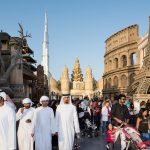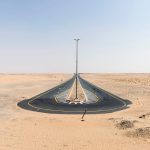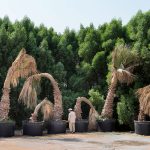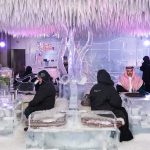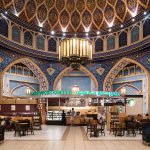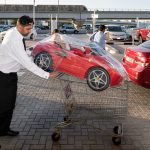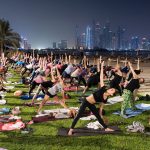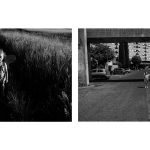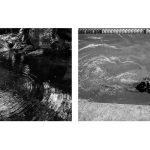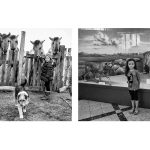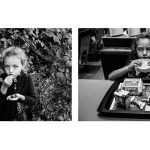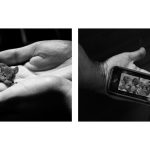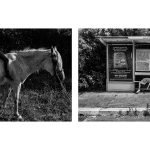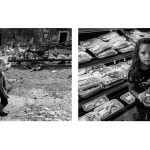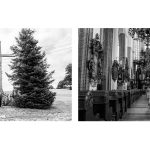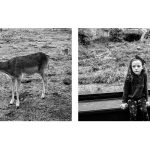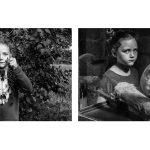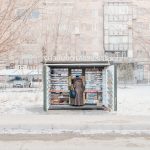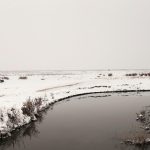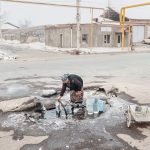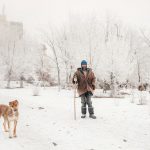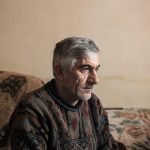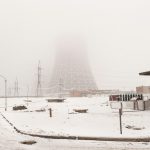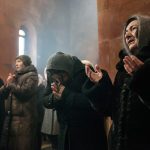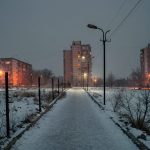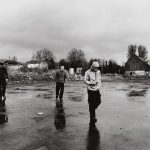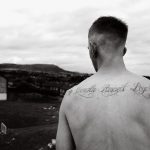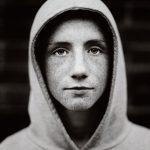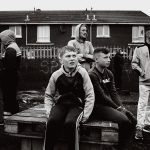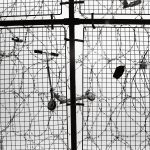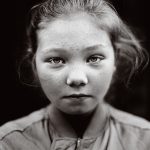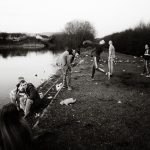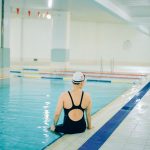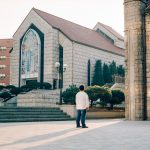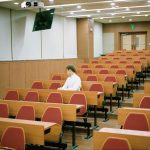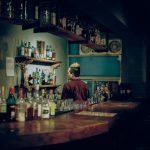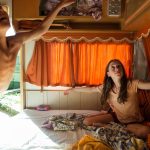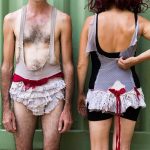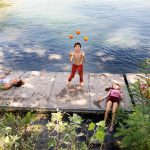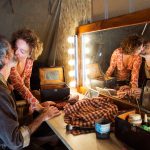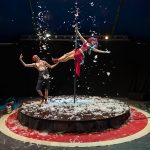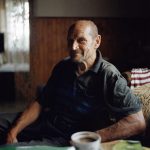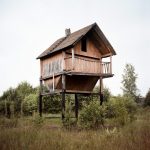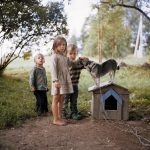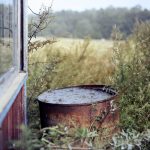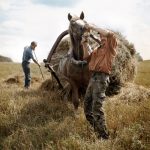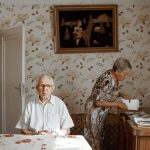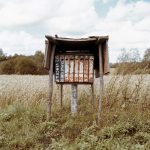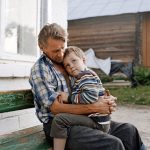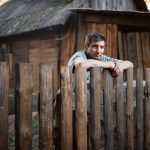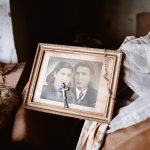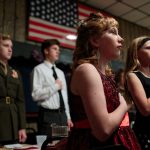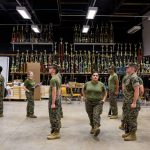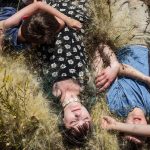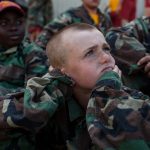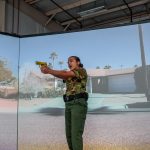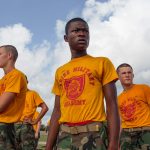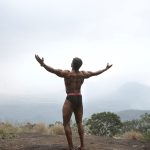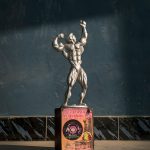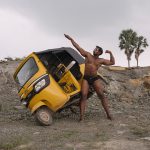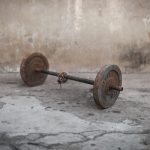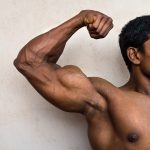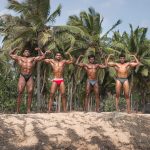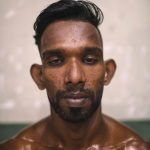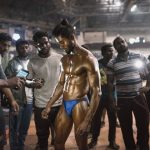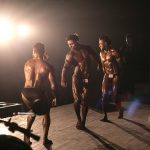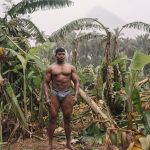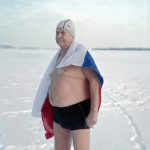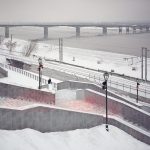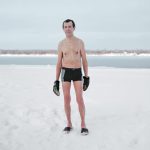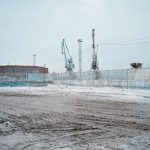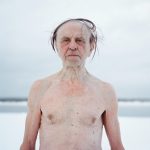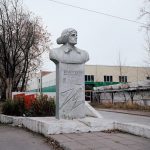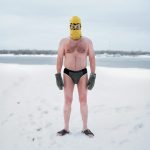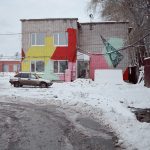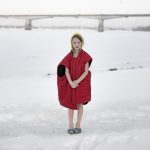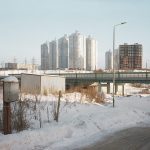Garden of Delight
© Nick Hannes
Winner
The rapid transformation of Dubai from a regional trade centre in the 1960s to the ultramodern metropolis of today is a fascinating case study in market-driven urbanisation. Dubai’s excessive entertainment industry has a big impact on Emirati society. Traditional Islamic values are being challenged by an imported Western lifestyle. Dubai is a clear example of the phenomenon of ‘capsularisation’, the way that the globalised world is creating a dual society characterised by separation and exclusion. The first world is an archipelago of shielded islands or ‘capsules’ where it’s pleasant to live; the second world is all the rest, an ocean of poverty and chaos. In a capsular society, public space becomes privatised; capsular architecture—such as gated communities and malls—simulates public space on privately owned land. This new urbanity, characterised by artificial inner spaces, runs like a thread through this series, raising questions about authenticity and sustainability.
Scelte
© Kicia Randagia
This series captures the double life of my daughter Siria. Living between two countries, Poland and Italy, and between two totally different worlds, a rural Polish village and a metropolis like Rome. Not many children have Siria’s luck and can experience two very different realities. Choices will and must be made, and she will do it, but for now, she is hanging in the balance, enjoying both of her realities.
Suspension
© Stefano Morelli
Around 20 miles from Armenia’s capital city of Yerevan sits the antiquated Metsamor nuclear power plant in the town of the same name. The plant has long been a cause for concern for at least two reasons; it was built without containment vessels, and it sits in a seismic zone. In fact, it was closed in 1989 after a devastating earthquake hit nearby. In 2011, National Geographic even suggested that it might be the world’s most dangerous nuclear plant. 2017 marks the 100th anniversary of the Russian Revolution when the Tsar was defeated and the Soviet Union began to take shape. I visited the town in January to document its way of life and found a population of 10,000, of whom 1,000 still work at the plant, living in a town of old Soviet buildings and caught in suspension between doubts and fears, poverty and survival, life and death.
Themmuns – Youth in Northern Ireland
© Toby Binder
In Northern Ireland, the slang term “themmuns” [ðɛmʌns], derived from ‘them ones’, is used by both Catholic Irish nationalists and Protestant unionists to refer to those on the other side of the religious-political divide. Those on one‘s own side are referred to as “ussuns”. Under the anticipated terms of a Brexit agreement still in negotiation, Northern Ireland will leave the European Union along with the rest of the UK, despite a majority Remain vote. Most unionists support the decision to leave whilst most nationalists do not, and there is real concern that a hard border between the EU and the UK will threaten the Peace Process and rekindle old conflicts. “Themmuns is a collaborative documentary photo project on youth in Northern Ireland by Toby Binder & Jens Schwarz and this submission is one part of the complementary project; an independent unit that represents a coherent body of work by itself”.
I’m Here with You
© Gowun Lee
The majority of LGBTQ people in South Korea hide their true identities from their colleagues, friends and their families. Despite a recent surge in LGBTQ activism, Korea remains a very conservative country and those who come out face being disowned by family or dismissed by their employers. Many Koreans still express bitter hostility toward LGBTQ people, while others simply deny their existence. This project literally and metaphorically represents the sexual minorities living in Korea who are forced to hide their sexual identity. The LGBTQ individuals photographed—all facing away from the camera—remind us that Korean society continues to neglect them, and refuses to accept them. In creating these images my intent is to both implicate the viewer in the nation’s larger refusal to acknowledge the identity of LGBTQ individuals and, more importantly, to spur us all to take action and change this attitude once and for all.
Circus love, Les Pêcheurs de Rêves
© Stephanie Gengotti
Les Pêcheurs de Rêves is a small French Circus, where Florence and Vincent play the role of the clowns Za and Krapotte as a parody of their own lives and marriage. Real life mixes with fiction and the couple even married as clowns. The Circus is both outdated and perfect; a multi-ethnic world without frontiers that, with its delight and its despair, is a metaphor for life. The artists live nomadically, following circular routes in precarious caravans. At the mercy of cold, wet winters and stifling summers, the circus symbolises both freedom and enslavement. More than just art and creativity, the circus is patience and preparation, physical training and manual labour. It consists of study, design, blood and sweat; working hours to come up with a new show and long days of practice all for little financial or material security, and a staging ground that might be a supermarket parking lot.
Soon to be Gone
© Tadas Kazakevicius
During the Great Depression in the US, the continuous migration of people changed the map on an ongoing basis as homesteads and villages simply disappeared and today a similar process is taking place in Lithuania. Within the last decade alone, continuous migration has shrunk the population of Lithuania by almost fifteen percent as young people are drawn away from the country and to the towns and cities of the open economies of the EU. I am driven by a sense of urgency to capture these places before they are nothing more than memories. Perhaps this monument to the Lithuanian countryside will touch those memories that we have inadvertently closed off, being used to accepting that everything can be gone very quickly.
Beckon Us From Home
© Sarah Blesener
The dual messages of “America first” and “Americanism” can be found not only at the forefront of current political movements, but in the pages of literature and in the education taught at camps and clubs across the United States, where thousands of young people choose to spend their free time. While “Americanism” is a concept that has been around for decades, I am defining this “new Americanism” as a renewed embrace of the centuries-old theme of American exceptionalism and manifest destiny. In patriotic camps and clubs around the United States, roughly 400,00 American children annually are taught what it means to be an American, often with military subtext. In this microcosm of a changing nation, young people straddle the vulnerability of adolescence and the simultaneous stripping of individuality.
TIGHT
© Mark Leaver
What does it mean to be a young man in India today? As globalisation rapidly transforms India’s traditional, conservative society, the greased-up world of bodybuilding is the perfect window through which to see broader societal changes play out in the lives of young men. More than any other sport today bodybuilding, with its explosive growth, is emblematic of contemporary India and its new middle class. India remains a country where there are always more people than there are opportunities. With the help of steroids, young men are increasingly transforming themselves into superhuman muscle men to put themselves ahead in a tough competition for power, prestige, women and wealth. This series reveals the dreams and aspirations of a new generation of Indian men, their willingness to turn their backs on tradition and how much they are prepared to sacrifice, including their health, in the hope of winning a better life.
Permer Frost
© Snezhana von Buedingen
As part of the photo series “Permer Frost” I portrayed ice swimmers in my hometown of Perm, Russia. In winter, the temperature in Perm drops to -30 ° C. Ice swimming is an old tradition in Russia. It is a kind of religion, believing in the purification of the soul and healing of the body through icy water. When portraying the ice swimmers I noticed the equality between the ice swimmers and the surrounding cityscapes. The landscapes that have the hardness, coolness and peculiar character that is almost a metaphor for the person portrayed. One asks the question “What shapes what?” Are humans the creators or are they the result of the surrounding world.
ZEISS Photography Award
Share:



